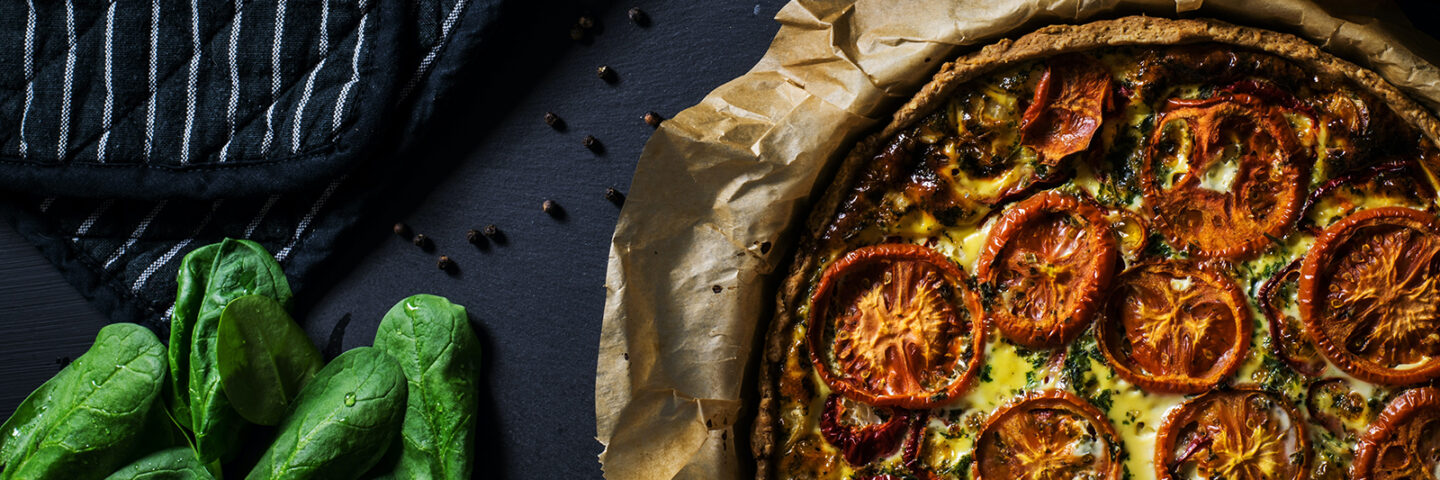
Better Together: The Science Behind Powerful Produce Pairings
Have you ever wondered why some foods taste so good when paired with others? Think about apples and peanut butter or French fries and ketchup. What is it about these combinations that make them so delicious? The secret lies in the science of food pairings.
When we think something is delicious, that perception is not only based on our sense of taste from the sweet, sour, salty, bitter, and umami properties in food, but also on what we can see, touch, hear, and smell.
Think about a juicy, red ripe tomato. You first see the gorgeous bright red color. As you bring the tomato to your lips, you will feel the smoothness of the skin, and then you’ll start to smell the ripe tomato aromas. As you bite into it, you might feel the sensation of tomato juice running down your chin. And as you chew and swallow, you will detect the balanced flavor coming from the natural sweet, sour, and umami properties in the tomato.
While all our senses play a role in our perception of flavor, research shows that most of the flavor experience—more than 80%—comes from our sense of smell. The aromas we detect in food and beverages are created by volatile aromatic compounds. Each food has its own aroma profile, which can be made up of thousands of aromatic compounds.
Our ability to detect aromatic compounds can be influenced by many factors, including the degree of ripeness, how a food is cooked, and even the temperature at which we eat it. A green tomato or peach, for example, contains far fewer volatile aromatic compounds compared to a ripe tomato or peach. As fruit ripens, more of these natural compounds are created.
Aromatic compounds must be volatilized or released for us to detect them. There are many ways to release the compounds. Here are some examples:
- Swirling a glass of wine
- Chopping fresh herbs
- Crushing a clove of garlic
- Grinding whole spices
- Mascerating a fresh strawberry
So, what do these compounds have to do with creating powerful produce pairings? Research shows that a perfect food pairing is created when two ingredients share one or more aroma compound. Sometimes these pairings are quite surprising. One example is blue cheese and chocolate; the two foods share an aroma molecule. A talented chef could combine these two ingredients to create an amazing dessert or a sauce to accompany roast pork loin.
Sometimes two foods can’t be successfully paired without using a “flavor bridge”, an ingredient that shares flavor molecules with the other two ingredients. An example of this is using beef to create a flavor bridge between garlic and strawberries.
Feeling overwhelmed? Don’t worry; we’ve got you. We compiled a collection of recipes in our Powerful Produce Pairings Series to help you create amazing flavor pairings or flavor bridges in your home kitchen. These five recipes feature the following fruits and vegetables paired with other nutrient-rich ingredients:
- Apples and peanut butter
- Avocados and eggs
- Pears and walnuts
- Potatoes and milk
- Tomatoes and beef
Want to learn more about food pairings? Check out the free tool at https://inspire.foodpairing.com/


